Venice - A City Filled with Stunning Art & Culture
Venice is full of cultural and artistic sites. It was a superpower in the Mediterranean for nearly 400 years from the 1200’s to the late 1500’s. After that it remained an influential place for art and architecture. You could wear yourself out trying to see everything.
On this visit, our strategy was to focus on some specific things that we wanted to see, get tickets in advance, and take our time enjoying the adventure. We went to three beautiful places during this trip.
The Basilica of Santa Maria Gloriosa dei Frari
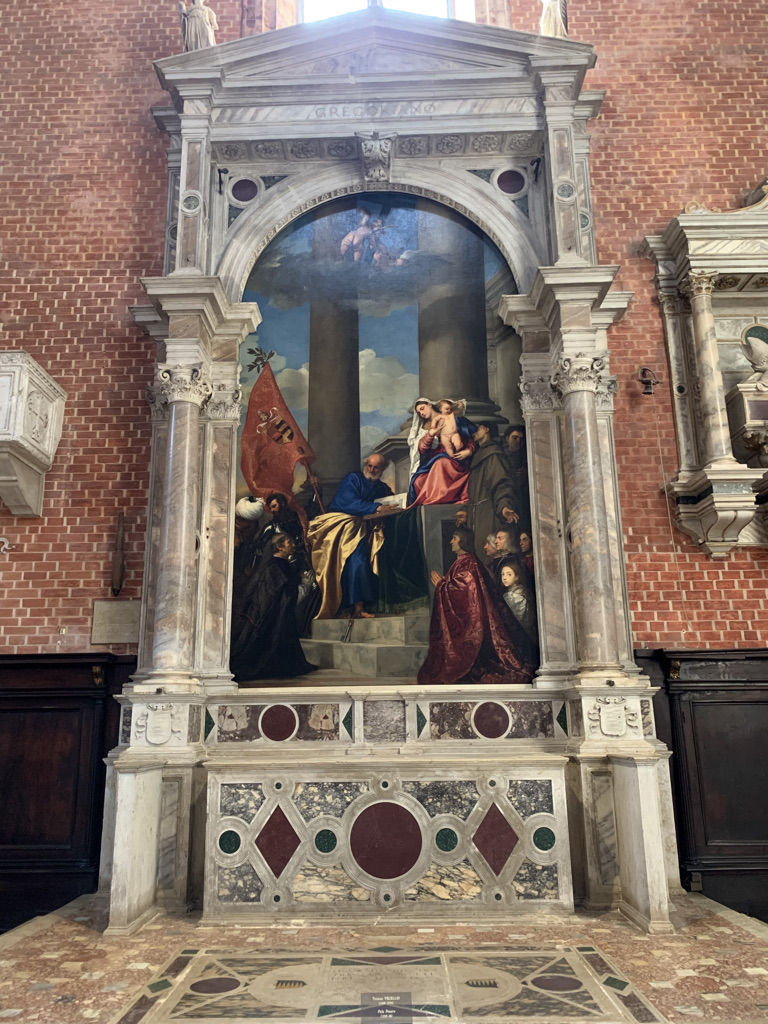
The Basilica of Santa Maria Gloriosa dei Frari is a Franciscan church that was consecrated in 1492. It has important works by Titian (The Assumption) , Donatello (statue of John the Baptist), Bellini (Madonna with Child and Saints), and Veneziano, (Madonna with Child), along with impressive monuments to both Titian and Canova.
The Scuola Grande di San Rocco
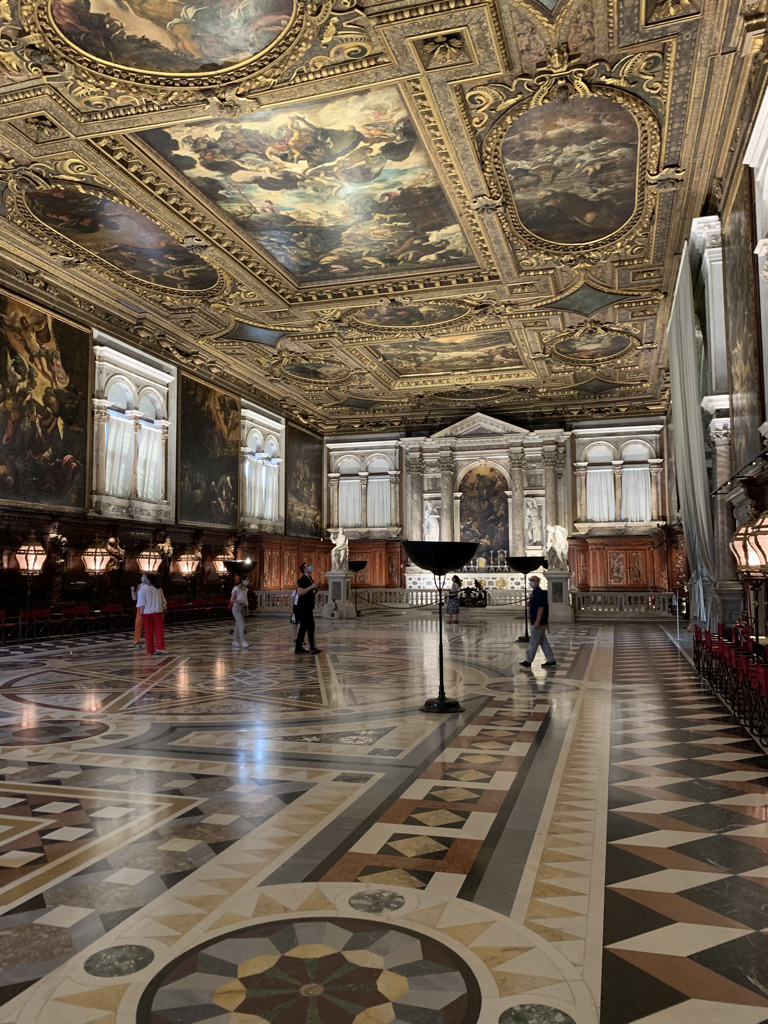
The Scuola Grande di San Rocco is a charitable confraternity that was established in 1515. The walls and ceiling of the ground and first floor rooms are covered with murals by the Venetian artist Tintoretto. There are also a few paintings by Titian, 2 smaller ones in the hallway, and the large Crucifixion in large Sala dell’Alberto. Below the paintings, there are also beautiful wood carvings that were made by Francesco Pianta in the 17th Century. The top floor housed the treasury, which had various reliquaries which were incredibly detailed.
The Doge’s Palace (Palazzo Ducale)
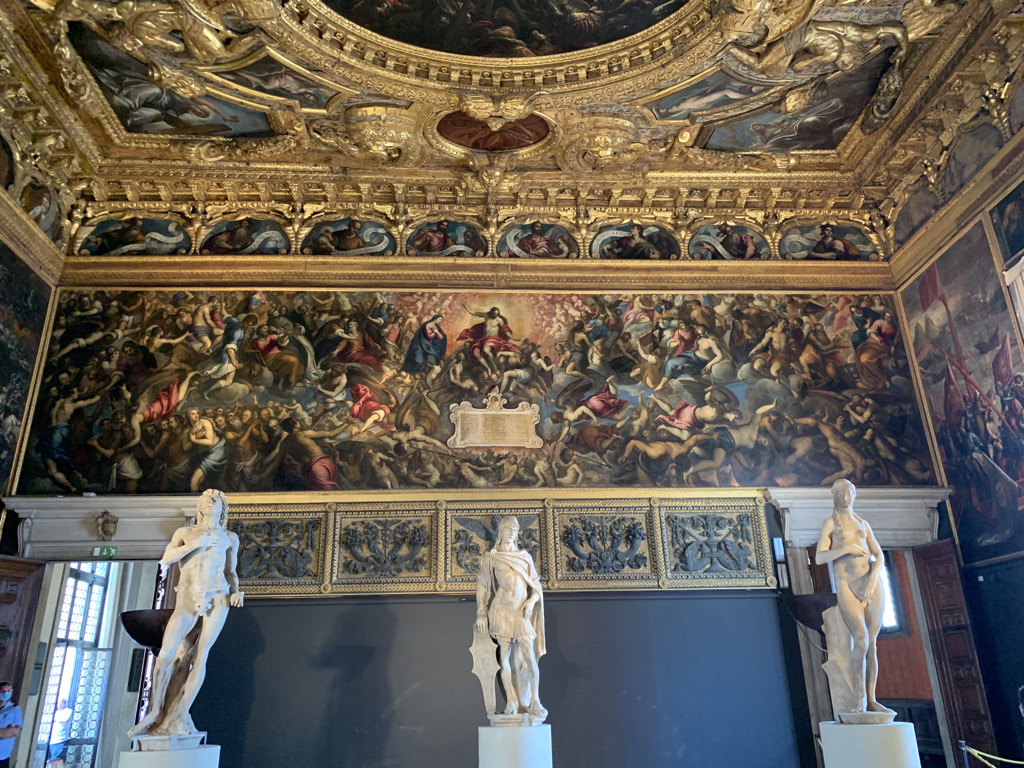
Our last cultural stop in Venice was the Doge’s palace (Palazzo Ducale). This enormous complex served a number of functions. It was the residence of the Venetian head of state, the Duke (or Doge), the seat of the Venetian government, The prison is connected to the palace by the Bridge of Sighs. Many of the rooms are gigantic, especially the Sala dei Censori which was used for state banquets and meetings of the great council, which consisted of all noble males over the age of 25. The walls and ceilings are full of paintings by Tintoretto and Veronese.
Even if you never go into a museum, there is a lot of beautiful architecture to admire. St. Marks Square with the Basilica of San Marco, The Palazzo Ducale are on one end, the Correr Museum, is on the other end, and it is flanked by the Clock tower, Old Offices of the Republic (from the 16th century,) and the New Offices of the Republic ( from the 17th century. These used to be administrative offices in the Glory Days of the Venetian Republic.
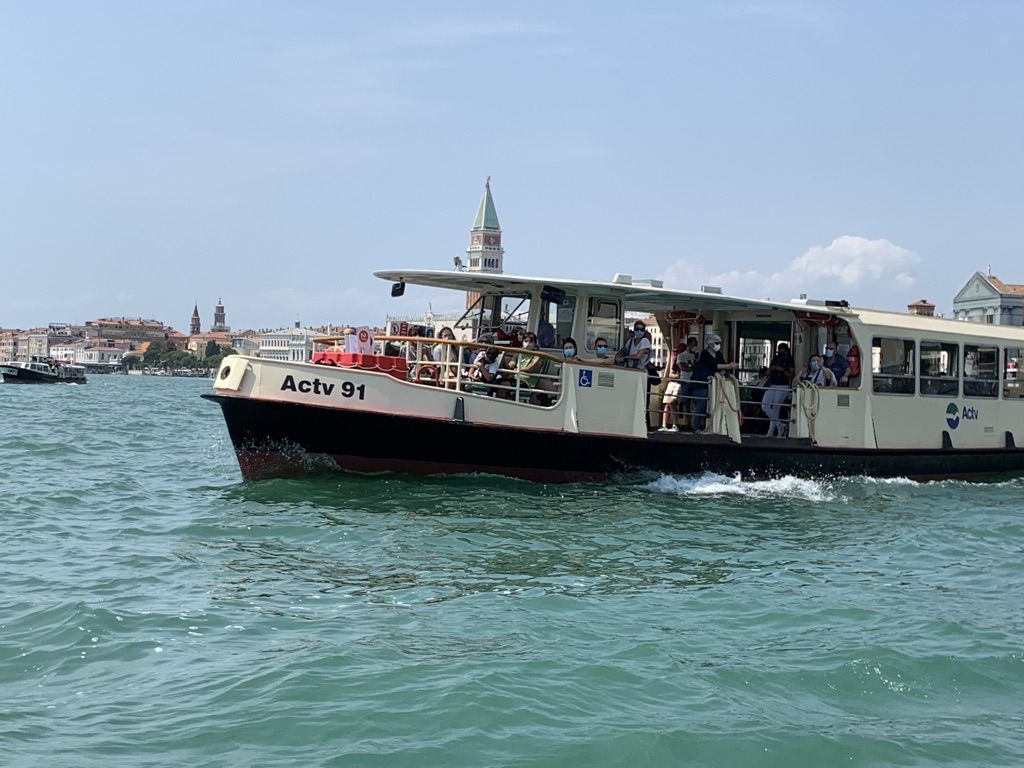
The architecture and culture of Venice also includes the many bridges that both connect and separate the various islands that make up each part of Venice. Going over a bridge can take you into a neighborhood that’s completely different from the one you just passed through. It is a place where transportation is on foot or in a boat, and this makes some things a bit more complicated. In the morning you can see the boats coming in with various products going to different parts of town such as building supplies, food, furniture, in short, everything. Once they get to their destination, the loads must be transported with hand carts to wherever they are going. If you go grocery shopping, you will want a cart for getting up and down the bridges with your stuff.
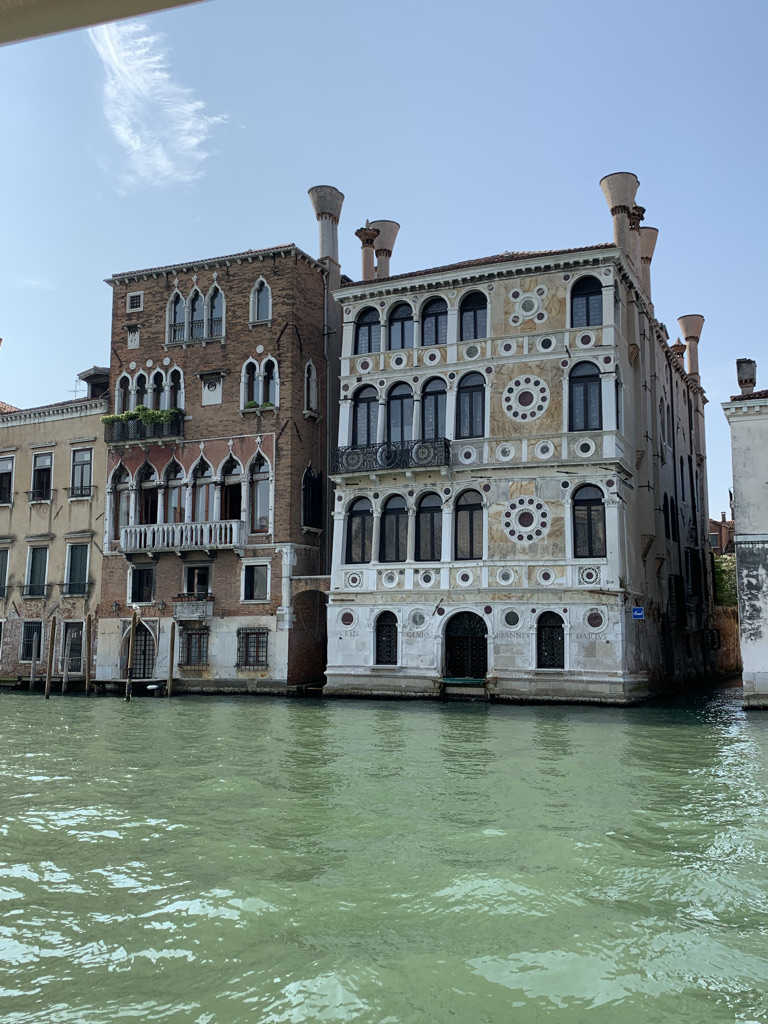
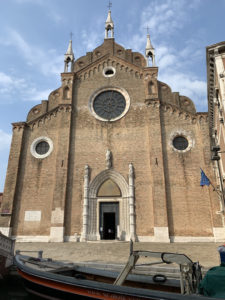
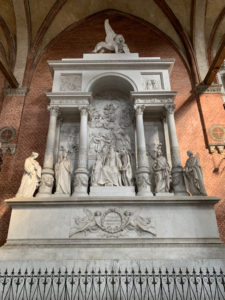

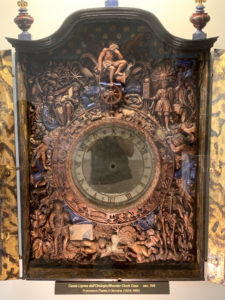
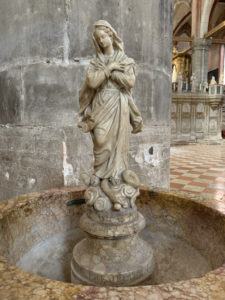
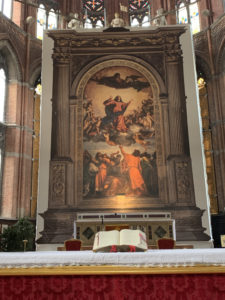
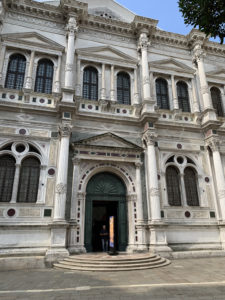
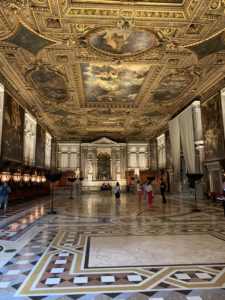
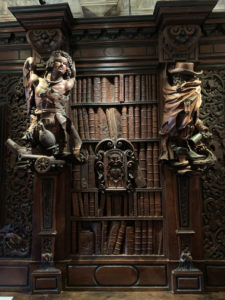
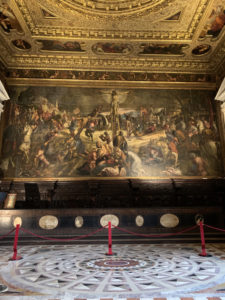
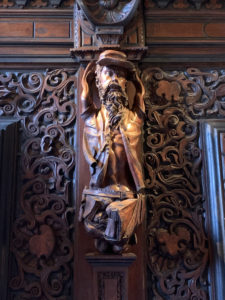
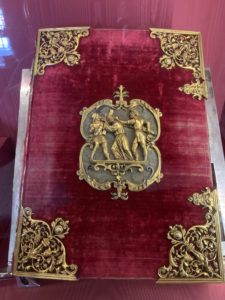
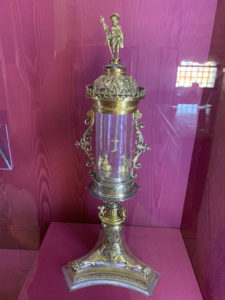

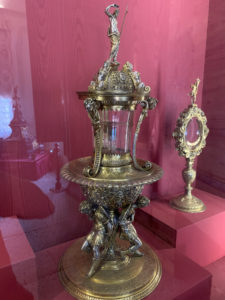
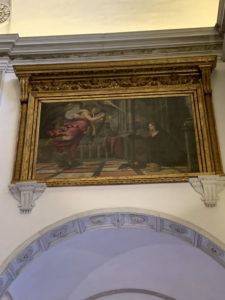
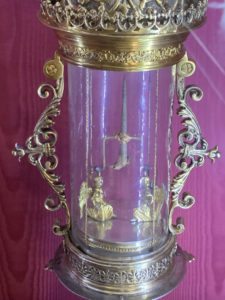
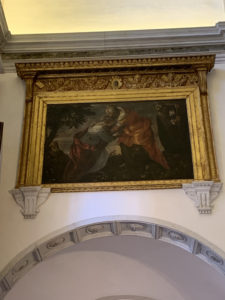
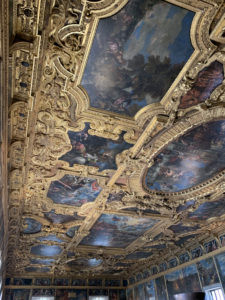
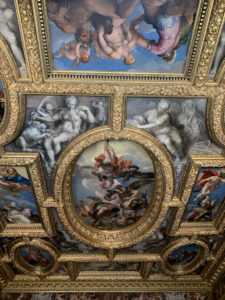
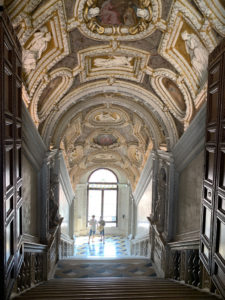
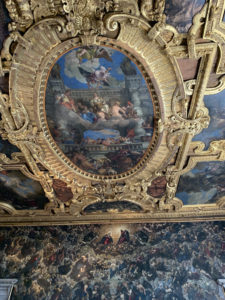

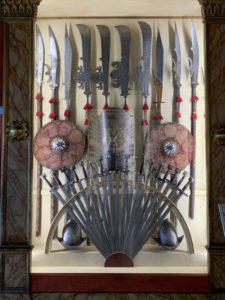
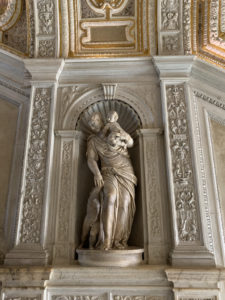
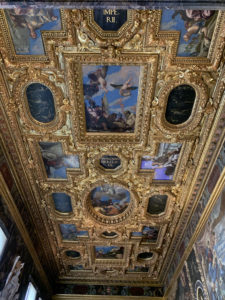
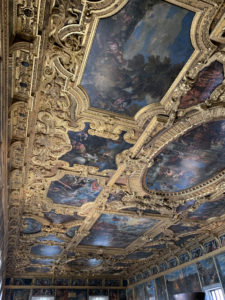
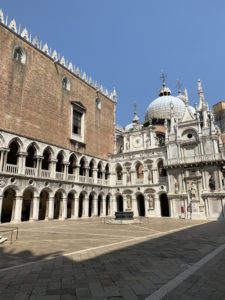
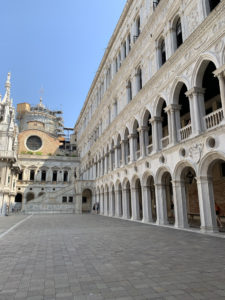
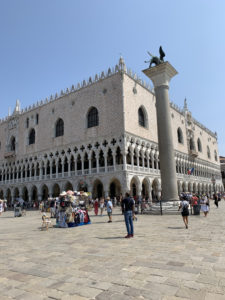
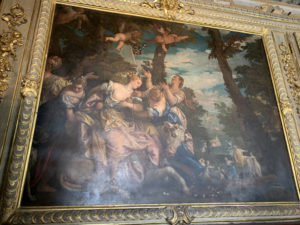
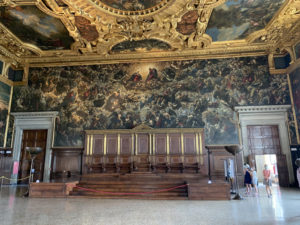
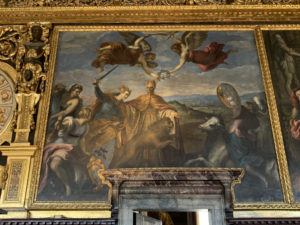
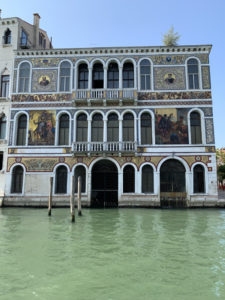
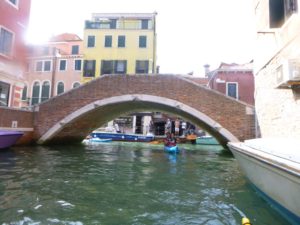
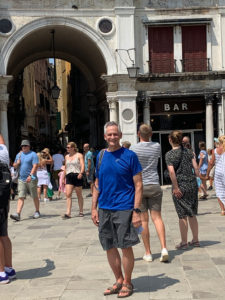
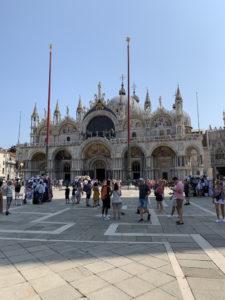
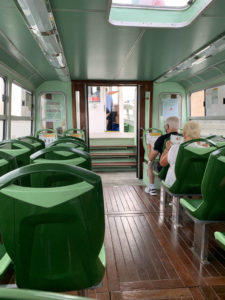
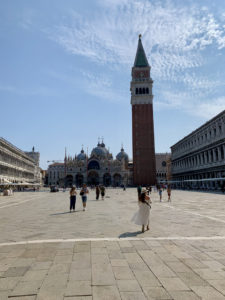
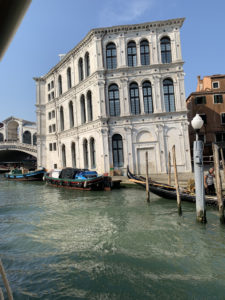
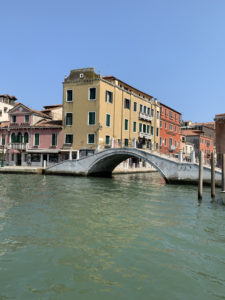
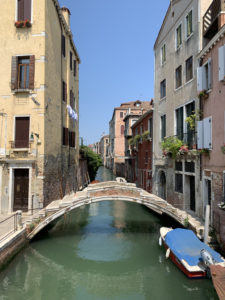
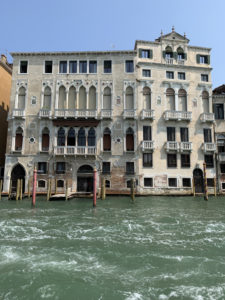
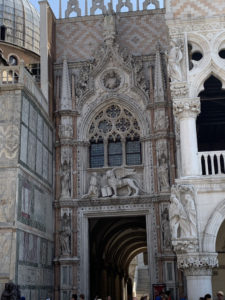
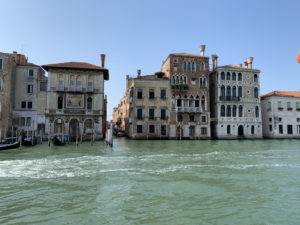
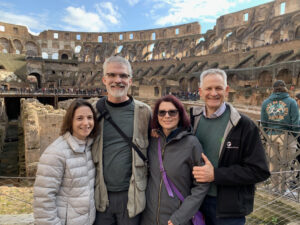

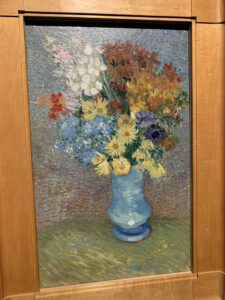
Pingback: Verona - A Night at the Opera - Tandem Spirits